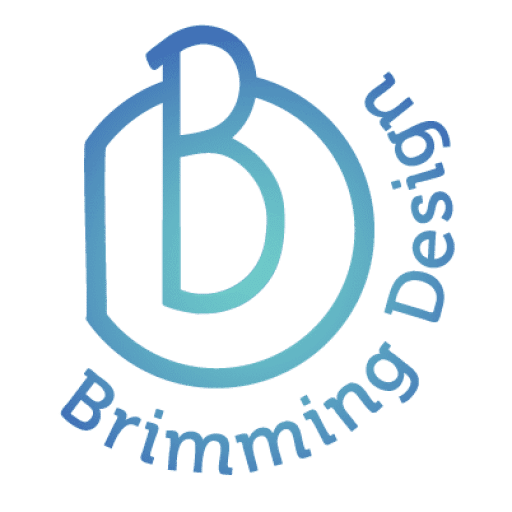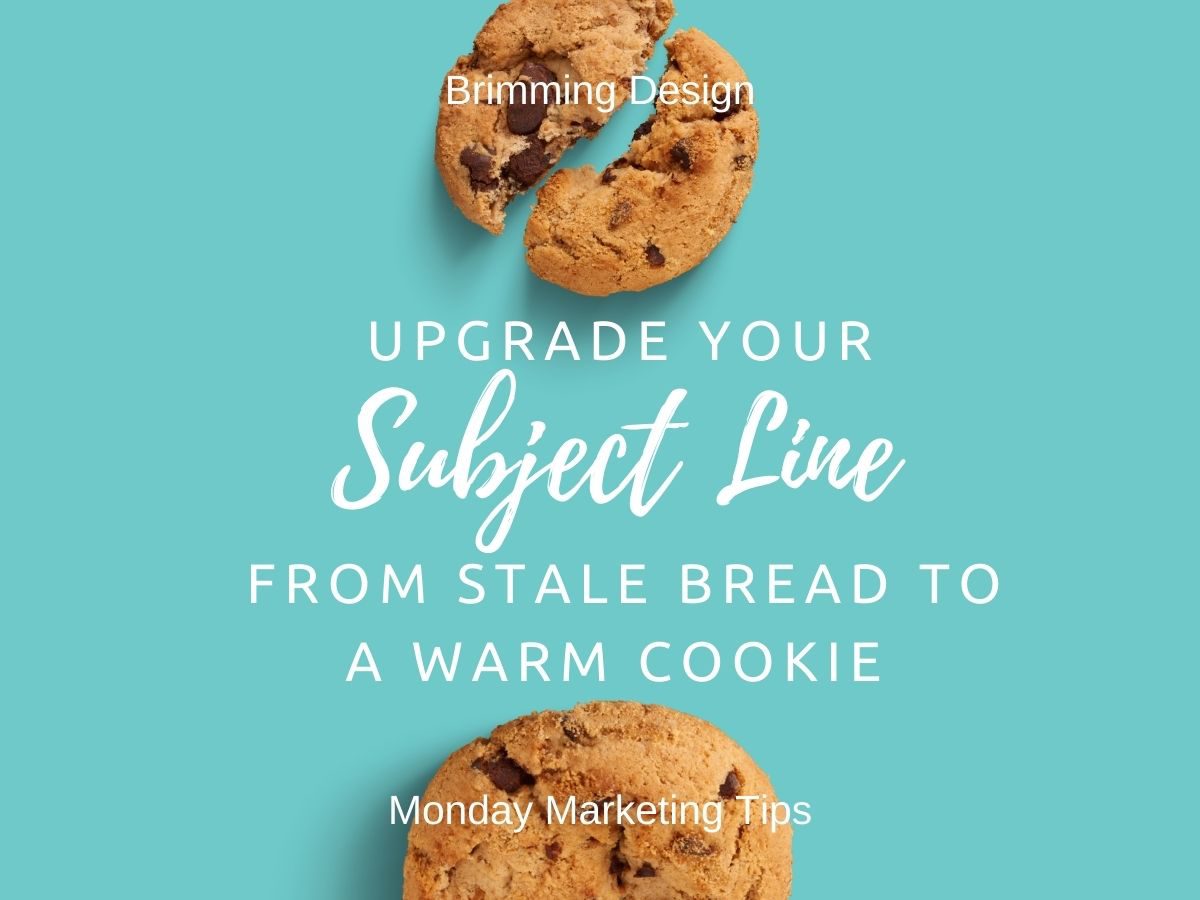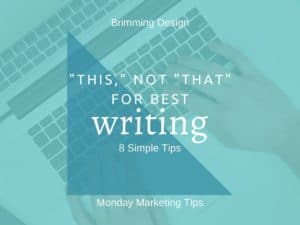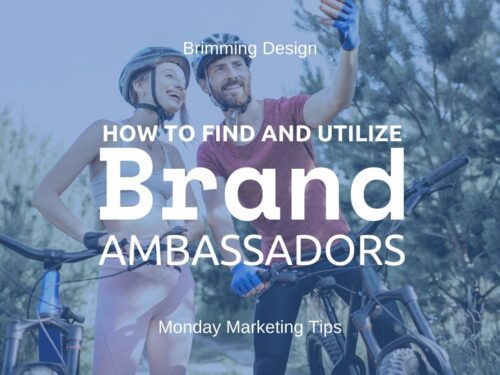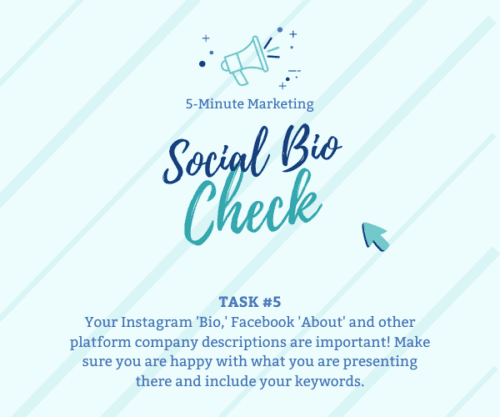In the impossibly long list of emails in your customer’s inbox, weeding is necessary. A quick scan of names and subject lines often determines if your email is ignored or read.
How can you get your email or article chosen from the crowd? If they expect the email or already trust you, they may open it without noticing the subject line. Otherwise, the subject line is often the determinant. No one is going to notice another slice of bread if there is a warm cookie calling. Invite readers to open and read your email by making the subject line unusual, noteworthy, or surprising. A successful subject does one of three things:
- promises them something they want
- offers a solution to their problem – or-
- makes them curious
Steps to create your must-click subject line
- Define your subject. What problem does it solve? What is it promising? Write out the plain first version of your subject line.
- Apply some of the five Curiosity Building Techniques below to your first version.
- Replace some of the common words with more expressive or visual words. Add emotion.
Curiosity Building Techniques
These five methods can help you turn a dull subject line into an engaging one. Try one or a combination of two. (Overkill will just get you rolled eyes.)
- Make them wonder with a question.
- Go for the unexpected.
- Use sensory words people can picture or feel (i.e. booming, golden, icy).
- Use less-common verbs and adjectives (Search for a list of power words for less-used, more expressive words to swap in.)
- Use unexpected combinations/comparisons (*more on this below)
- Imply that you have some information they don’t have.
- Imply they’ve forgotten something they once knew.
- Leave a story unfinished, until they read the email.
Want more ideas?
Direct Approach: Sometimes direct is enough, “20% Off This Week,” for example.
Short Approach: Try one word, like “Enough.” Use this stand-out method sparingly. This can also be a story starter.
When you need to draw people in without a sale or bonus, try these formulas for an attention-getting subject line. The trick to using the recipes below is to find an unusual combination and creatively link it to your product/service and benefits. Pair your off-the-wall combo with a narrative to combine the elements.
Quick Formulas you Can R&D (Ripoff and Duplicate).
*Unexpected Combinations:
1. The [famous person] of [category]
Example: “The Brad Pitt of cleaning services.”
Compare an extremely well-known person to an utterly unrelated category. The fact that it makes no sense makes it unexpected and intriguing. They have to read on to find out what you mean.
2. [Thing] = [Thing that it shouldn’t equal]?
Example: “Cleaning Your Sink = The Eighth Wonder of the World?”
Comparing two unrelated things is unexpected, triggering curiosity. They have to be dramatically unequal. Your email can then explain your whacky comparison.
3. The [weird name] technique to get [benefit]
Example: “The “Eight Ball” secret to increasing website traffic.”
Choosing a memorable, weird title for your solution to a problem draws attention to the issue you are solving. Be specific on the benefit, and explain the unusual name you chose.
4. [Challenge / Provocative Question]
Example: “14 people didn’t see this shortcut. Can you?”
Bring out the competitive side and invite your readers to participate. Make sure your challenge is specific, looks easy, and provide the answer in your email.
5. Why [good thing] is [not good]
Example: “Why your free listing is costing you.”
Questioning an essential ‘good’ grabs attention. To make this work, make sure the thing you choose is considered good by all and that you explain your specific reason why it is not good in your email.
Contradictions – unexpected outcomes
1. Why I turned down [thing everyone wants]
Example: “Why I turned down a free trip to Hawaii.”
Defying expectations gets attention, and is the opening to a story. Choose a universally wanted thing, and find a way to connect that good thing to your business. Explain why and complete the story in your email.
2. Well, that [Event] went well. (It did not.)
Example: “Friday’s conference finished strong. (Not.)” or “Geez. Friday’s conference could have gone better.”
We usually focus on positive news in emails. Use an unexpected negative to catch attention and begin a story that readers will want to finish. In your email, connect the dots and complete the story.
3. Don’t [Action]. Trust me.
Example: “Don’t walk to work. Trust me.”
You are starting a personal story that sounds unexpected. This approach draws people in. Complete the story in your email and tie in your product/service creatively.
4. You are [comparative] than you think
Example: “You are smarter than you think.”
Using a positive quality that people want more of, explain why they already have that quality and tie it to your product.
For more examples, see this very helpful article. To find other components of marketing that are a great value like email, read What provides the best small business marketing value.
